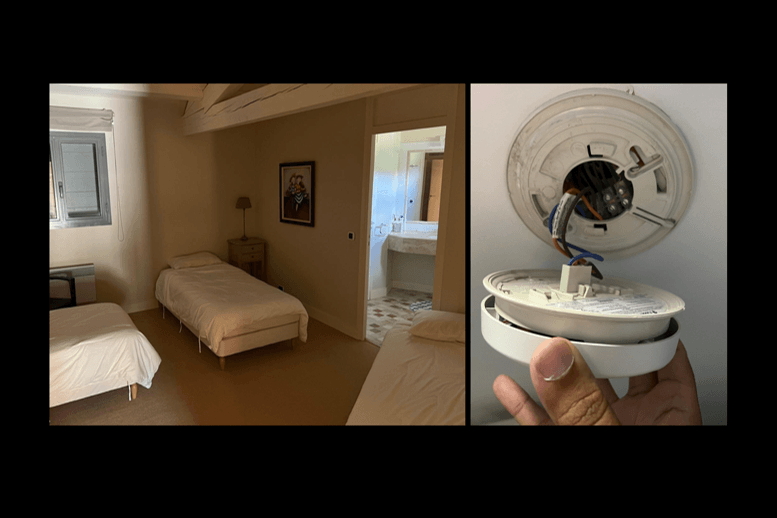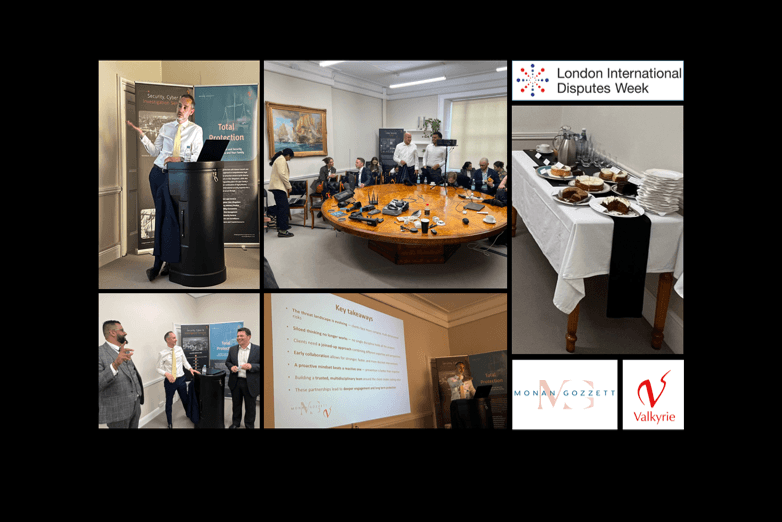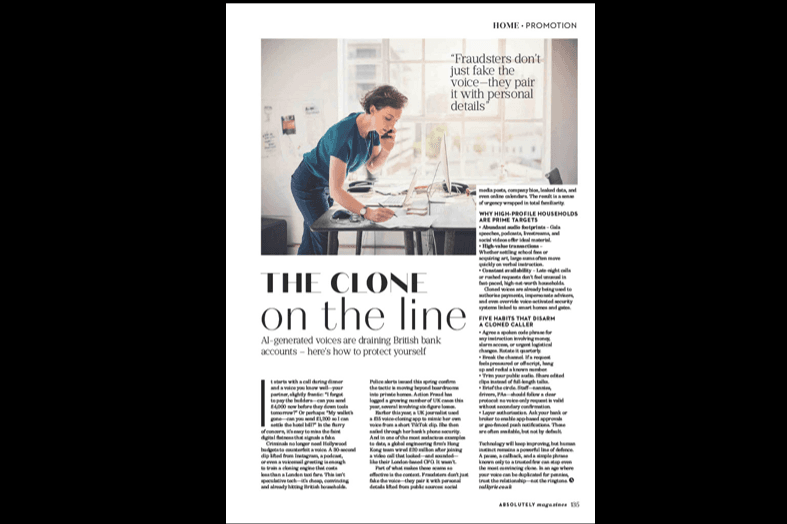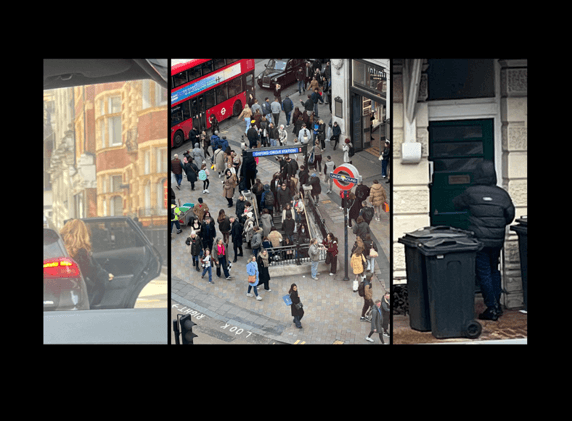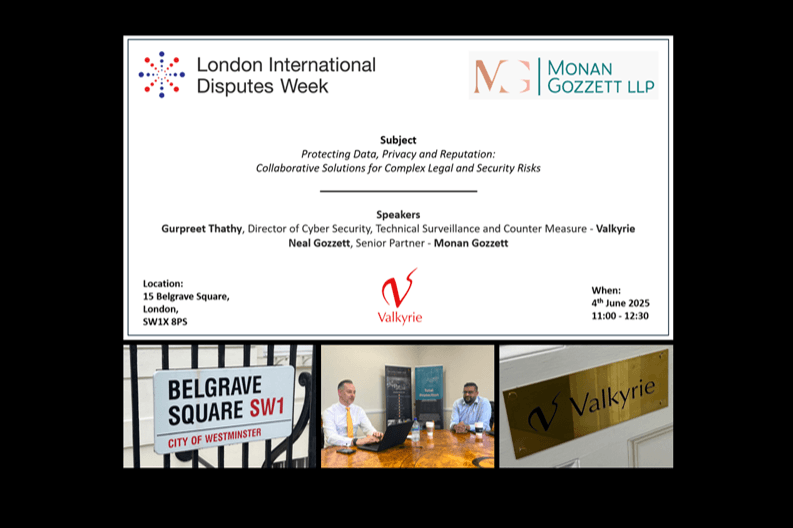Last week we had a surveillance tasking in Islington. I was running the desk for the task and one of the team called to inform me he had parked up in the vicinity of the now closed (2016) Holloway prison. The mention of this prison immediately reminded me of an old friend of mine I used to speak to regularly many years ago. I was aware she was a female prison officer at Holloway Prison but one day told me that she had the task of staying with Ruth Ellis the night before she was executed. A few years later I joined the police and during my career I used to organise trips to the ‘Crime Museum’ located at Scotland Yard. This is a closed museum, only open to police employees and invited guests. Within the display are famous death masks of people who have been executed and the nooses which aided their demise. These two events from my past and the tasking near Holloway prison led me to write an article on executions in London.
For 700 years between 1196 and 1848, public executions were an inescapable part of the experiences of anyone living in London. In this period, the capital’s courts sentenced more people to die than in the rest of the country combined, earning it the grim nickname ‘the City of Gallows’. London witnessed its final public execution on 26 May 1868. Perhaps the most famous of those executed before a public audience in London was Charles I, convicted of ‘High Treason and other high Crymes’ – he was beheaded in 1649 at Banqueting House in Whitehall.
On 26 May 1868, the last public execution in London took place. Michael Barrett was an Irish Republican convicted for his part in an explosion at the Clerkenwell House of Detention. The last men hanged in London were Francis Forsyth, 10 Nov 1960: he was hanged at Wandsworth Prison for the murder of Alan John Jee, the last 18-year-old to be executed in Britain. His accomplice James Harris was hanged at Pentonville the same day. The last woman to be hanged in London for murder and the UK was Ruth Ellis five years earlier, July 13 1955, the 28-year-old Ellis was hanged at Holloway Prison Islington. The last men executed in the UK were Peter Anthony Allen at Walton Prison in Liverpool, and Gwynne Owen Evans at Strangeways Prison in Manchester, for the murder of John Alan West, 13 August 1964. Capital punishment for murder in the UK was suspended in 1965 and finally abolished in 1969 (1973 in Northern Ireland).
The exact number of executions that took place in London is not clear, but records indicate that between 1735 and 1964 in the UK approx. 11,627 people were executed.
In London, there have been many execution sites and here is a list of some of the most notorious.
- Smithfield: As one of the most famous and old execution sites, the area of Smithfield is said to be haunted by the tortured souls who met their end there. During the medieval era, the Elms of Smithfield (originally ‘Smooth Field’, since it was a large expanse of grass) was one of the most bustling places in London, full of jousting, livestock grazing, summer fêtes and the odd execution. Some of the most famous people to have met their end at Smithfield include William Wallace, who was hung, drawn and quartered in 1305, and the leader of the 1381 Peasants’ Revolt Wat Tyler, who was publicly decapitated there after fleeing from an earlier bloody exchange with the Lord Mayor of London.
- Tyburn: After Smithfield fell from favour as an execution hotspot in the 1400s, the Roman road junction at Tyburn, which is located near to today’s Marble Arch, became the centre of public executions. Prisoners were taken in public procession from Newgate Prison via St Giles in the Fields and Oxford Street (then called Tyburn Road) to be hanged at ‘Tyburn Tree’, which was a large, triangular gallows with three legs that allowed many people to be hanged at the same time. Many famous people met their ends at Tyburn. Even the exhumed body of Oliver Cromwell was symbolically hanged there in 1661.
- Newgate Prison: Commissioned in the 12th century by King Henry II and used for more than 700 years until 1902, Newgate Prison became the site of London’s gallows after Tyburn was finally retired in 1783. There, public executions took place until 1868. Named ‘Newgate’ because it was built into a gate on an old Roman wall, it is estimated that between 1790 and 1902 over one thousand people were executed at Newgate. Today, the Central Criminal Court (known as the Old Bailey) stands on the site of the old Newgate Prison, since the latter was demolished in 1902.
- Execution Dock: London was once home to the world’s largest port, and therefore a seedy underbelly of smuggling and piracy. During the 15th century, the Admiralty decided to bring the Execution Dock into use to put pirates to death. Some, such as Captain Kidd who was executed at the dock in 1701, were the most feared and famed of the age. Pirates found guilty and sentenced to death would be paraded from Marshalsea Prison in Southward, across London Bridge and past the Tower of London and finally to Wapping, where the dock was located. The streets would be lined with spectators and the Thames full of boats, eager to catch a glimpse of the condemned. On the way to their execution, prisoners were permitted to enjoy a quart of ale from the Turks Head. Shortly afterwards, they would be hanged with a short rope that prolonged the pain of the execution, since it didn’t break the neck. Afterwards, the dead would be left until three tides had washed over them.
- The Tower of London and Tower Hill: Very few people were actually executed within the grounds of the Tower of London, such as Anne Boleyn and Lady Jane Grey. Most who were executed in the area met their maker on Tower Hill in full view of the public, such as Thomas Cromwell and Sir Thomas More, the former whose death was reportedly laboured and took many strokes of the axe. The last person to be executed in the Tower of London was Josef Jakobs in 1941, who was executed by firing squad for being a German spy who was captured after parachuting into England during World War Two. Today, the site of the executions on Tower Hill has been made into a memorial garden.
Have a great weekend!





